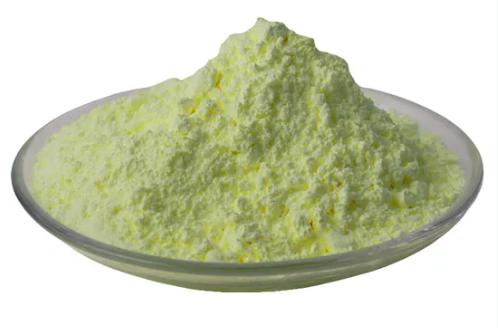Optical Brighteners in Textiles: Improving Brightness and Whiteness

Optical Brightener 4BK
Optical brighteners, also known as fluorescent whitening agents (FWAs) or optical brightening agents (OBAs), are commonly used in the textile industry to improve the brightness and whiteness of fabrics. They work by absorbing UV light and re-emitting it in the blue-violet spectrum, which masks any yellowing and makes fabrics appear whiter and more vibrant under natural or fluorescent lighting.
How Optical Brighteners Work
Optical brighteners contain molecules that absorb light in the UV range (typically 340–370 nm) and emit light in the visible blue region (420–470 nm). This emission compensates for any yellowish tinge in the material, giving it a "cool" white appearance. This phenomenon, called fluorescence, fades if the fabric is exposed to sunlight for too long, but it is effective under most indoor lighting conditions.
Benefits of Using Optical Brighteners in Textiles
Types of Optical Brighteners
Different types of optical brighteners are suitable for various fiber types:
- Stilbene Derivatives: Commonly used in cotton and wool due to their effectiveness and cost-efficiency.
- Coumarins: These are generally applied to acetate fibers.
- Diphenyl Pyrazoline Derivatives: Effective for synthetic fibers like polyester.
Application in Textile Processing
Optical brighteners are used during the finishing process of fabric production. They can be applied in several ways:
- Exhaust Method: For even distribution on fibers during dyeing.
- Pad-Dry-Cure Process: Applied through padding, then cured at high temperatures to fix the agent.
- Spray Application: Useful for specific areas or spot treatments.
Environmental Impact and Considerations
While optical brighteners are popular, they can have environmental impacts if not managed responsibly. Many FWAs are not biodegradable, so the textile industry is increasingly exploring eco-friendly alternatives.
